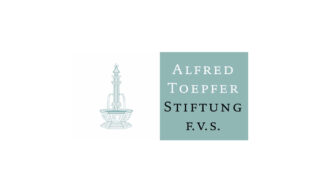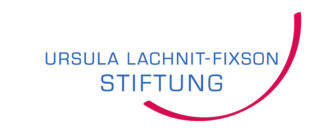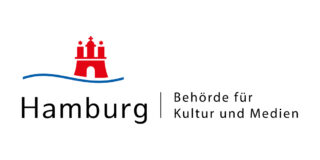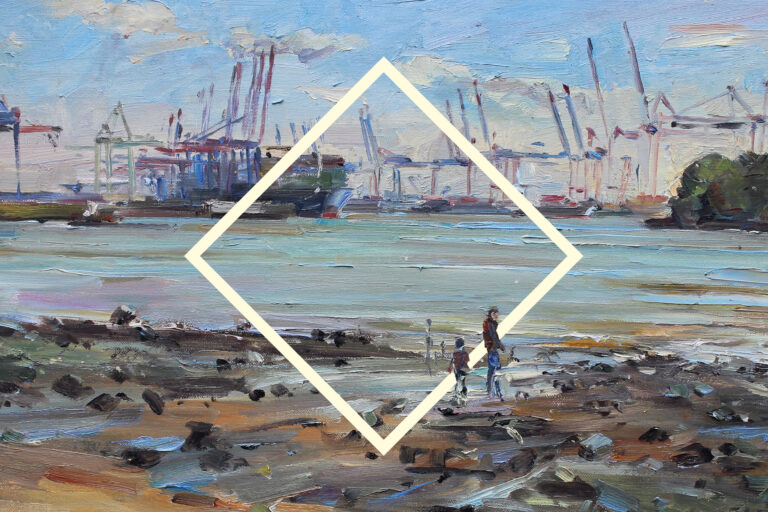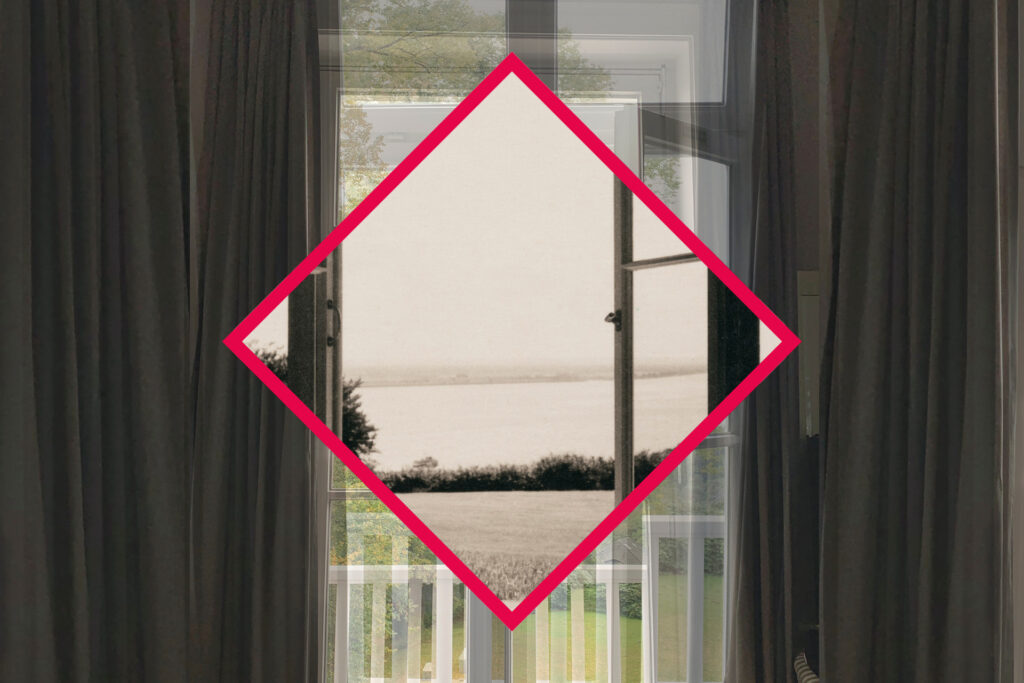
A central element of the permanent exhibition at the Altona Museum are 17 historic farmhouses from all over northern Germany and the farmhouse models that go with them. For over 100 years, this ensemble has been a special part of the collection. A generous donation from the Altona family Albert and Gerta Warburg made it possible to produce the detailed farmhouse models at the beginning of the last century.
The Altona Museum would like to re-examine this collection, which seems to have fallen out of time, within the framework of artistic interventions. The focus is on the shimmering and open-to-interpretation concept of ‘Heimat’. Already in 2021/22, artists from the artist community FRISE from Altona showed an artistic extension of the historical interiors in this sense and reflected on the museum’s role today.
With the intervention of the Israeli artist Hila Laviv, history and the present are linked on two levels. In the work “Lost Homes / To forget beautiful things” she questions the themes of home and loss of home. Hila Laviv uses selected objects from the collection of the Altona Museum for her intervention in the farmhouse parlors and the farmhouse model room.
The point of departure and reference for Hila Laviv’s works are her grandmother Charlotte Esther Shalmon Warburg’s (1922- 2021) childhood memories of Hamburg and Blankenese. As a teenager she had to flee to Sweden with her parents Anna and Fritz Warburg in 1939 and later lived in Israel. Through an artistic and at the same time personal contemporary intervention in a historical framework shaped by the national conservative “Heimatschutzbewegung” of the 1920s, the museum thus engages with the history of Hamburg under National Socialism and with its own history.
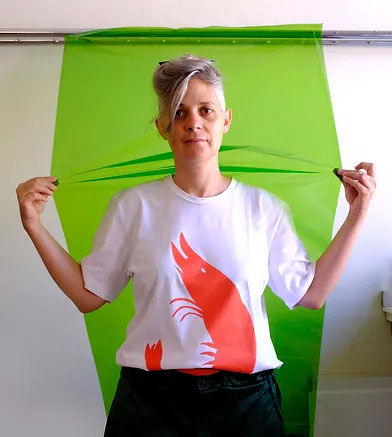
Parallel to this intervention, the museum would also like to pay respect to the patrons of the farmhouse models at the time, the Warburg family from Altona. While Albert Warburg already died in 1919, his wife Gerta and their three daughters became victims of the Nazi regime. Gerta and daughter Betty were murdered in Sobibor in 1943, the two daughters Ada and Helene survived the camps. Their contribution is not mentioned in the museum so far, but their story is told in the special exhibition “Believing and Letting Believe” (27.9.23 – 17.7.24) presented at the same time.
The intervention is developed by Hila Laviv especially for the Altona Museum and its permanent exhibition. The idea was born in 2018 during a first meeting and was further concretized during further visits of Hila Laviv to Hamburg. Hila Laviv was intrigued and inspired by the Bauernstuben on her first visit, not knowing that the collection had a connection to the extended Warburg family. The dual connection between the Altona Museum and Hila Laviv’s work – the shared interest in exploring the theme of home on the one hand, and her grandmother’s memories of Blankenese (in the borough of Altona) and the collection’s connection to the Warburg family on the other – was the starting point for this site-specific and unique collaboration.
Sign language
A translation of the interview into German and International Sign Language is currently being worked on. It will follow shortly.
With the kind support of:
